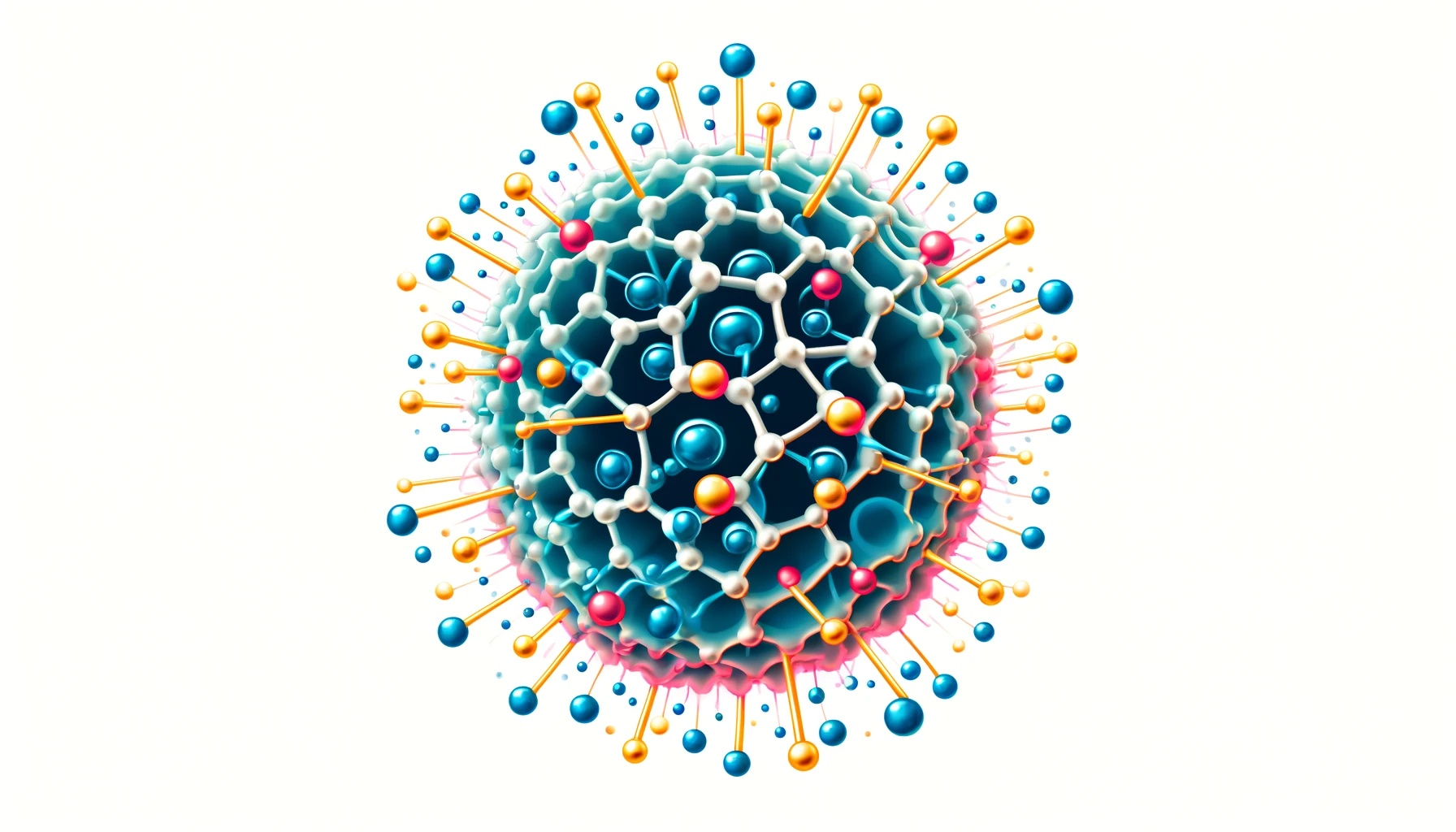Imagine if your laptop or phone could charge in a minute or if an electric car could be fully powered in 10 minutes. For now, this might seem like a dream, but new research by a team of scientists at CU Boulder could bring this closer to reality.

Electrical storage and charging has become a bottleneck in many different fields. It’s not that batteries and chargers haven’t progressed — it’s more that everything else has progressed at a much faster pace. But charging tech may soon be catching up.
Researchers in Ankur Gupta’s lab at CU Boulder have made a significant discovery about how tiny charged particles, known as ions, move within a complex network of minuscule pores. This breakthrough, published in the Proceedings of the National Academy of Sciences, could lead to the development of more efficient energy storage devices, including supercapacitors.
Supercapacitors are energy storage devices that rely on the accumulation of ions in their pores. They have a remarkable advantage over traditional batteries due to their rapid charging times and longer life spans. The key to their efficiency lies in the speed of ion movement within these pores.
“The primary appeal of supercapacitors lies in their speed,” says study author Ankur Gupta. “So how can we make their charging and release of energy faster? By the more efficient movement of ions.”
Ion Dynamics
Several chemical engineering techniques used to study flow in porous materials, such as oil reservoirs and water filtration, have not been fully utilized in energy storage systems. Gupta and his team have now filled this gap by investigating how ions move through porous networks.

Their research focuses on the dynamics of electric-double-layer (EDL) charging in porous media. They kept their EDL charging models to simple geometries. Even with these simple geometries, however, the CU Boulder team’s network model predicts EDL charging can be leveraged to accelerate charging times.
Prior to this study, ion movements were only described through one straight pore. Now, we can simulate and predict ion movement in a complex network of thousands of interconnected pores within minutes. This development enables the efficient simulation of large pore networks, significantly reducing the computational time required.
“The primary appeal of supercapacitors lies in their speed, so how can we make their charging and release of energy faster? By the more efficient movement of ions. We found the missing link,” Gupta said.
Bright future
This breakthrough has profound implications for various energy storage devices. Efficient ion movement is crucial for supercapacitors, which are known for their speed. By enhancing the efficiency of ion movement, the researchers aim to make the charging and release of energy in supercapacitors even faster.
Although it hasn’t been implemented just yet, researchers are confident that chemical engineering techniques can be used to improve ion flow in porous materials.
The potential applications are vast. From consumer electronics to electric vehicles and power grids, the ability to store and release energy more efficiently will have a transformative impact on our daily lives. Imagine charging your phone or laptop in a minute or powering your electric car in just 10 minutes. These advancements could become a reality sooner than we think. Surprisingly, it’s chemistry that could make all of this happen.
“Given the critical role of energy in the future of the planet, I felt inspired to apply my chemical engineering knowledge to advancing energy storage devices,” Gupta said. “It felt like the topic was somewhat underexplored and, as such, the perfect opportunity,” Gupta concludes.
Journal Reference: Filipe Henrique, Paweł J. Żuk, Ankur Gupta. A network model to predict ionic transport in porous materials. Proceedings of the National Academy of Sciences, 2024; 121 (22) DOI: 10.1073/pnas.2401656121
Was this helpful?



